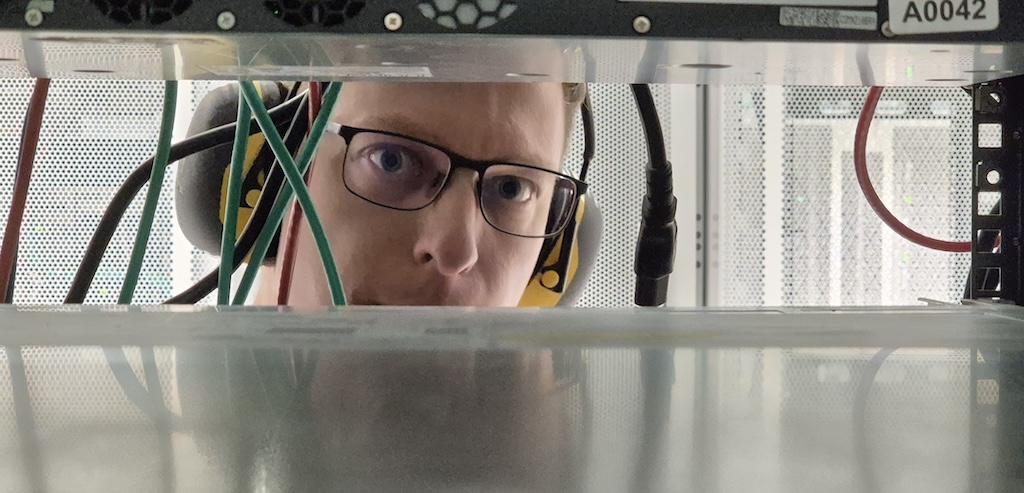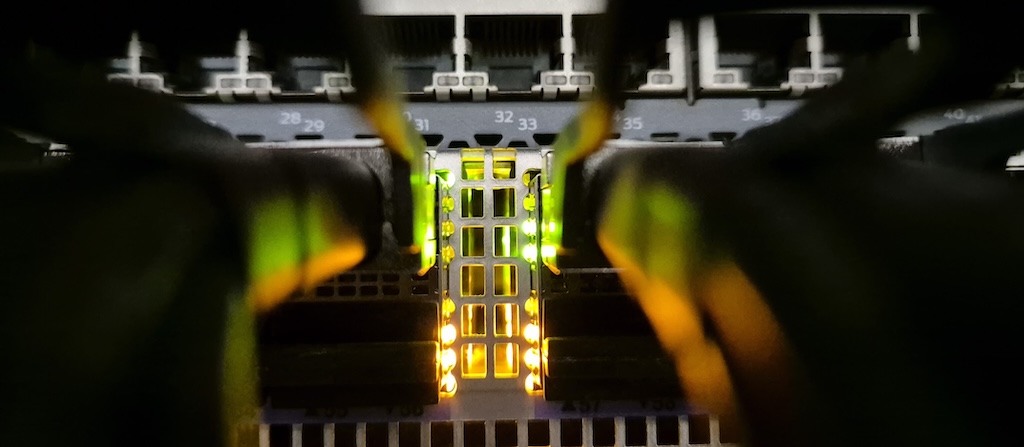For optimal reading, please switch to desktop mode.
Published in joint collaboration with Verne.
Research computing is being transformed by the shift to cloud, and StackHPC is at the forefront of this revolution.
Drawing on deep expertise in OpenStack, the open source cloud platform, StackHPC enables researchers to drive innovation and accelerate breakthroughs by seamlessly integrating High-Performance Computing (HPC) and AI with the scalability and flexibility of the cloud.
The company is committed to open source components and community-driven training that benefit both individual users and the broader open source ecosystem. This ethos of resource efficiency also drives StackHPC’s dedication to sustainability and ensuring that research computing not only pushes boundaries but also considers its environmental footprint.
Partnering with Verne
Rather than letting perfectly good servers go to waste, StackHPC sought to prolong the life cycle of existing equipment and repurpose it for open source research computing. In 2020, the project began with a donation of high-performance servers, followed by the search for a sustainable, specialised data centre partner to house the equipment.
The company found the perfect home for its cutting-edge research computing at Verne’s data centre in Iceland. Powered entirely by hydroelectric and geothermal energy, Verne ensures the servers operate on 100% renewable electricity. The facility also leverages Iceland’s temperate climate for year-round free air cooling, eliminating the need for energy-intensive mechanical cooling systems. By housing its servers at Verne, StackHPC reduces the carbon footprint of its operations while aligning with its commitment to support a circular economy for research computing.
Verne is also the ideal partner for HPC, offering purpose-built data centres designed to accommodate demanding workloads. Its facilities are configured to fully support high-density computing, with robust power infrastructure, including redundant power supplies and cooling systems – ensuring continuous operation of HPC workloads and optimal performance and reliability.
How StackHPC and Verne are reducing emissions and waste
Verne provided data centre rack space for the initial donation of servers in 2020, and when that equipment reached the end of its useful life in late 2023, StackHPC sought out new hardware. The donation of servers from a leading climate research institution, along with some hardware from a prominent UK university, has been instrumental in advancing this project – contributing to the reduction of electronic waste and playing a key role in making open source research computing more accessible.

Currently, StackHPC operates 28 servers within Verne’s facility, with the goal of maximising the useful life of the hardware, rather than retiring it prematurely. Given the high carbon cost of the manufacture of such advanced servers – likely higher for the advanced servers used by StackHPC – this approach is crucial to lowering the overall carbon footprint of the equipment.
Even by conservative estimates, the carbon emissions embodied in manufacturing 28 servers amount to approximately 37,016 kg of CO2-equivalent emissions – the equivalent of burning 18.65 tonnes of coal.
"We’re tremendously grateful to our clients for their hardware donations that are now driving open source development in scientific computing. By extending the life of these donated servers, we're not just preventing valuable hardware from ending up as waste; we're also maximising the value of the carbon emissions already invested in their production. It’s a smarter use of resources that directly promotes more sustainable research computing.” – Stig Telfer, CTO, StackHPC
Advancing research computing while reducing carbon footprint
With Iceland’s natural cooling, renewable energy sources, and Verne’s optimised highly efficient data centre environment, the compute itself has a negligible operational carbon footprint. By repurposing hardware and extending its lifecycle, StackHPC and Verne are championing the circular economy.
"Our partnership with StackHPC is a perfect example of how sustainability and innovation can go hand in hand. We’re supporting vital research computing while minimising electronic waste and maximising the use of renewable energy sources. It’s a tangible step towards our ESG goals and sets a benchmark for balancing high-performance computing with a commitment to sustainability." – Don Thompson, Head of ESG, Verne
Get in touch
If you would like to get in touch we would love to hear from you. Reach out to us via LinkedIn, Bluesky or directly via our contact page.
